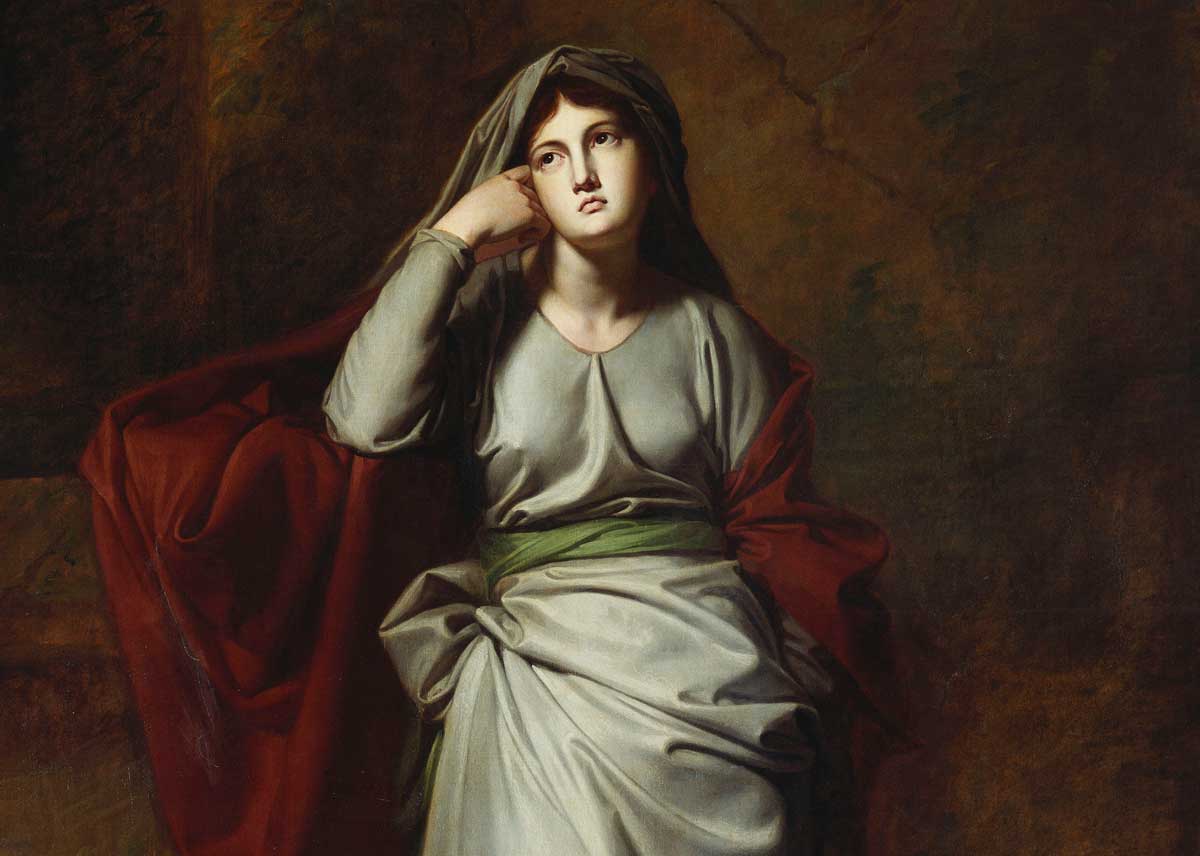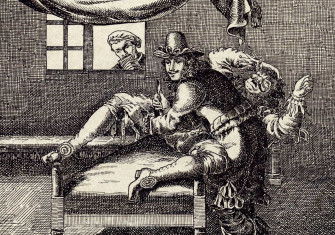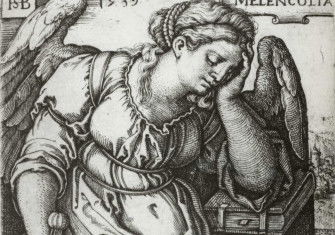Love Sick
‘Crazy Jane’ was ubiquitous in the late 18th century, the archetypal figure of those driven mad by disappointed love.

In 1796, Matthew ‘the Monk’ Lewis published a four-stanza poem telling the tragic tale of his ill-fated heroine, ‘Crazy Jane’. By 1799, Lewis’ words had been put to music and Jane’s story of heartbreak and mental collapse was shared across the country in music halls, assembly rooms and alehouses. On 1 May 1800, the Morning Post reported that, at ‘Mrs Methven’s Masquerade’ in Ranelagh, ‘Lord Pomfret unsexed himself in the character of Crazy Jane’. A few years later, a military fete in Horsham commemorating the victory of Trafalgar featured a ‘Crazy Jane’ among a parade of other popular characters.







